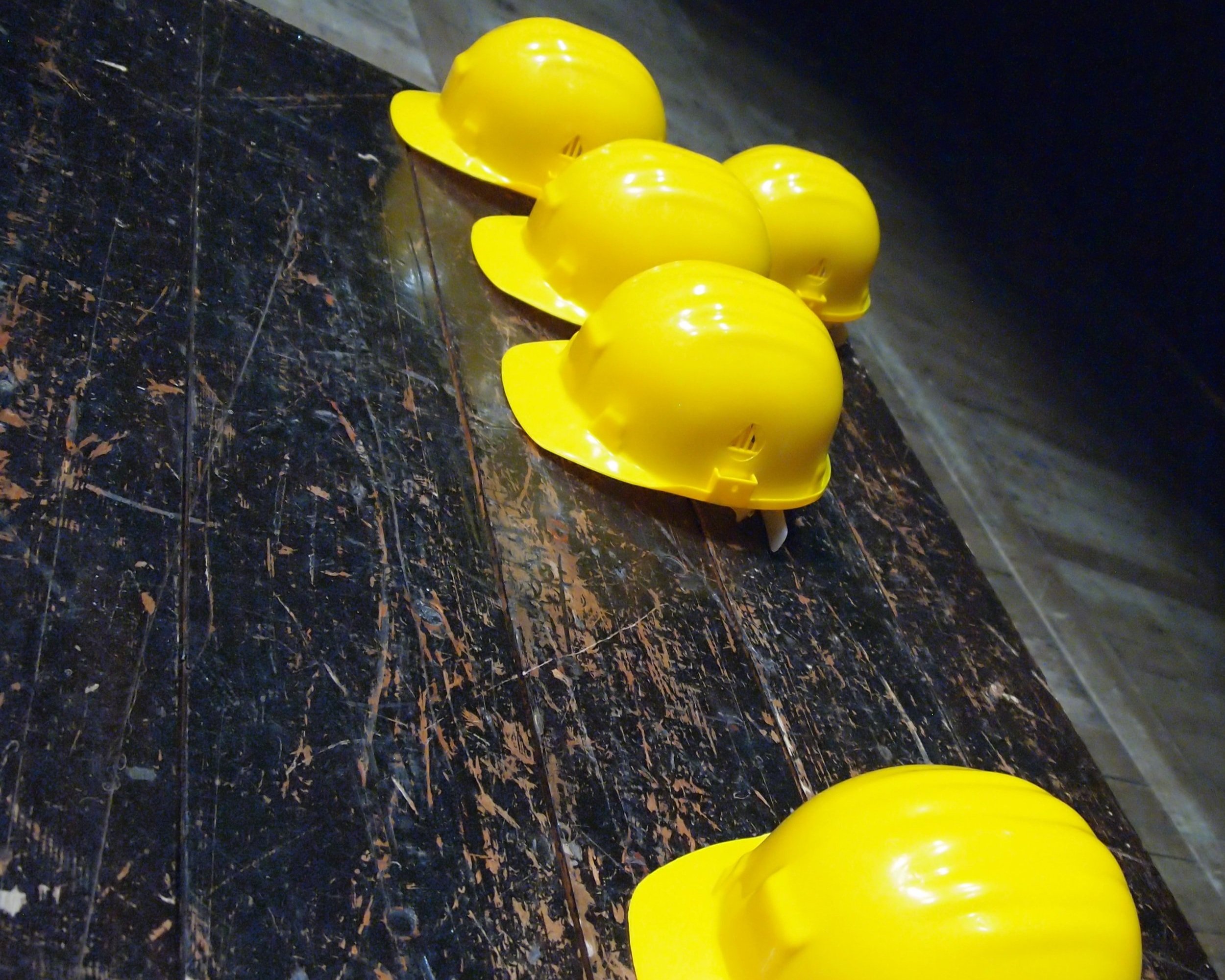Reducing Safety Hazards on a Construction Site
Every day, more than 14 construction workers die on the job, and countless more suffer serious injuries. Most of these incidents include falls, being struck by objects, electrocutions and getting caught between items, which account for nearly 60% of worker deaths. Sadly, most of these tragedies could have been prevented if people had simply taken the necessary safety precautions.
While worker injuries have dropped by 8.1% since 1972, there’s still obvious room for improvement. Here are a few things you can do to ensure safety on the jobsite.
image © unsplash
1. Follow Safety Regulations
One of the best ways to protect yourself and others is to follow all safety regulations. The Occupational Safety and Health Administration's Regulations for Construction serves as the baseline for all requirements, procedures, inspections and safety standards. Abiding by these rules — and ensuring all employees do the same — will minimize risks and prevent unnecessary fines and lawsuits if an inspector visits your site.
2. Hold Regular Safety Meetings
If you’re in charge of a team, you must effectively communicate OSHA regulations and implement safety solutions. This may entail holding daily, weekly or monthly safety meetings with your employees. Use these short assemblies to remind everyone why protective equipment, protocols and regulations are important. Focus on one new issue each time and keep the topic relevant, so everyone pays attention and retains the information.
3. Inspect the Site
You can also reduce safety hazards by inspecting construction sites before beginning a project. Visit the area in person or use a drone to survey it. Conduct a risk assessment to identify possible problems and their potential to cause an accident. Make a list of preventive measures for each hazard and share them with your team. Alerting your workers to dangerous situations and making them aware of their surroundings before they begin working will prevent unnecessary injuries and deaths.
4. Maintain Equipment
Struck-by injuries are the leading cause of nonfatal injuries among construction workers. Often, these incidents occur when a moving vehicle, heavy machinery or equipment hits a worker. However, maintaining equipment and performing regular inspections can prevent many of these accidents from occuring. Make sure all seatbelts, driver warning systems and rollover protection structures are in good working order. Update and replace heavy machines like skid steers, forklifts and cranes with the latest models with the newest safety features.
5. Wear Smart PPE
Even if workers take all the necessary precautions, accidents can still happen, which is why everyone should wear personal protective equipment on the jobsite. Hard hats, work boots and reflective vests are a must. However, your team can also benefit from smart PPE. This equipment uses sensors to alert employees of dangerous situations. For example, labourers might wear jackets to monitor their health levels or a helmet that emits an audible alarm when an object is too close.
6. Prioritize Training
Before operating heavy machinery or handling power equipment, all employees must take mandatory training courses per OSHA regulations. However, it may also be beneficial to require or at least encourage ongoing training. Those who participate will learn about the latest techniques, technology and safety protocols to keep themselves and others safe on the job. If you choose to make some training modules optional, incentivize learning by offering promotions or bonuses to those who complete them.
Creating a Positive, Safe Culture
You can only do so much to promote a safe environment for your employees and fellow workers. Ultimately, the situational responsibility rests on their shoulders. Therefore, it’s beneficial to cultivate a team approach to safety so everyone does the right thing, even in supervisors’ absence. More importantly, everyone will be looking out for themselves and each other, which is the best way to reduce safety hazards and protect the team as a whole.
About the Author: Emily is a green tech writer who covers topics in renewable energy and sustainable design. You can read more of her work on her blog, Conservation Folks.
cover image © unsplash







